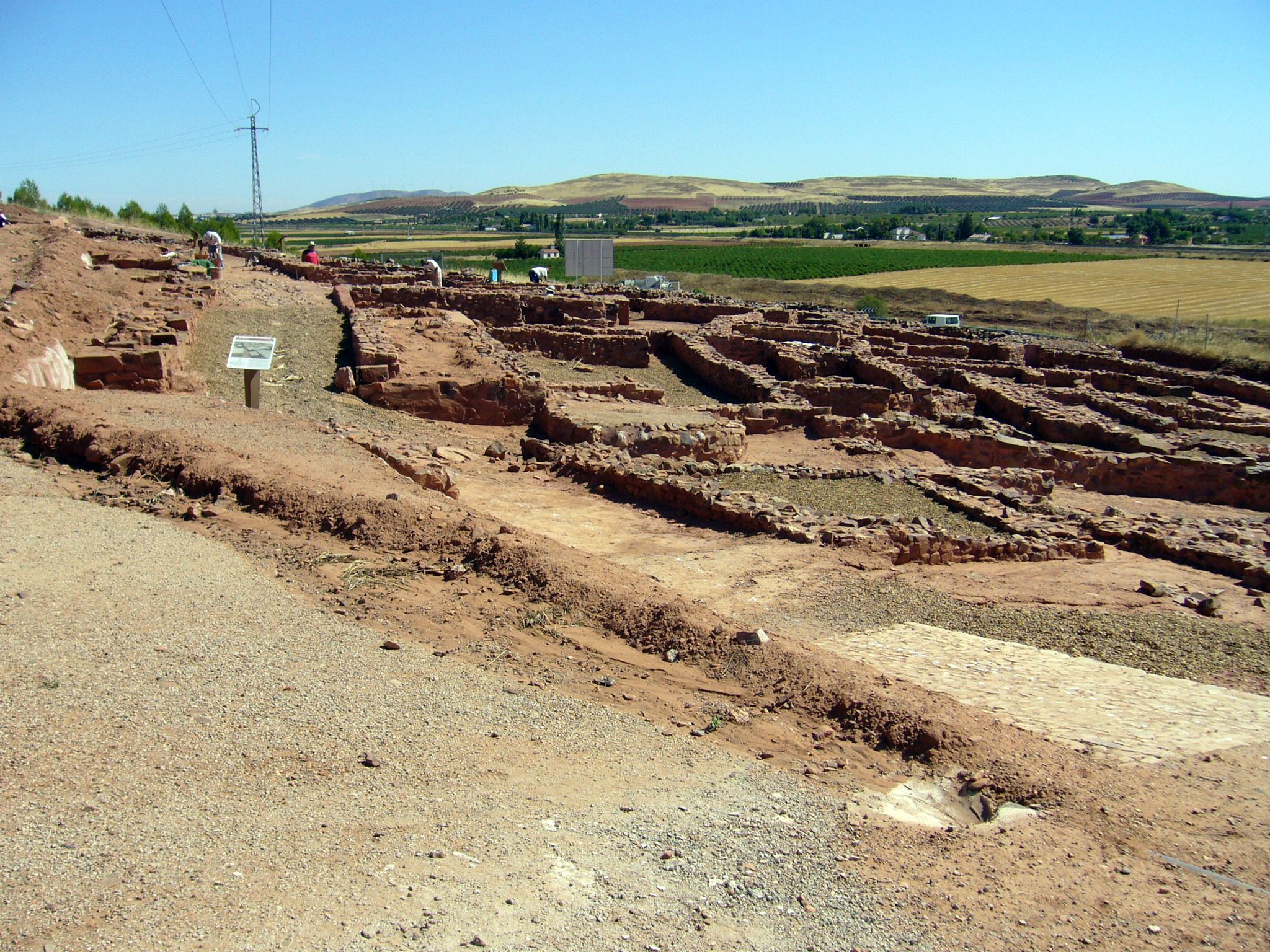|
Oretani
The Oretani or Oretanii (Greek: ''Orissioi'') were a pre-Roman ancient Iberian people (in the geographical sense) of the Iberian Peninsula (the Roman Hispania), that lived in northeastern Andalusia, in the upper Baetis (Guadalquivir) river valley, eastern Marianus Mons (Sierra Morena), and the southern area of present-day La Mancha. Origins They could have been an Iberian tribe, a Celtic one, or a mixed Celtic and Iberian tribe or tribal confederacy (and hence related to the Celtiberians). The Mantesani/ Mentesani/ Mantasani of present-day La Mancha and the Germani (of Oretania) in eastern Marianus Mons (Sierra Morena) and west Jabalón river valley are sometimes included in the Oretani, but it is not certain if they were Oretani tribes. Territory Oretania, the country of the Oretani, was located in the eastern Sierra Morena, which included most of the province of Ciudad Real except its western end, the northern section of the province of Jaén, the western half of the pro ... [...More Info...] [...Related Items...] OR: [Wikipedia] [Google] [Baidu] |
Oretani Location Map-blank
The Oretani or Oretanii (Greek: ''Orissioi'') were a pre-Roman ancient Iberian people (in the geographical sense) of the Iberian Peninsula (the Roman Hispania), that lived in northeastern Andalusia, in the upper Baetis (Guadalquivir) river valley, eastern Marianus Mons (Sierra Morena), and the southern area of present-day La Mancha. Origins They could have been an Iberian tribe, a Celtic one, or a mixed Celtic and Iberian tribe or tribal confederacy (and hence related to the Celtiberians). The Mantesani/ Mentesani/ Mantasani of present-day La Mancha and the Germani (of Oretania) in eastern Marianus Mons (Sierra Morena) and west Jabalón river valley are sometimes included in the Oretani, but it is not certain if they were Oretani tribes. Territory Oretania, the country of the Oretani, was located in the eastern Sierra Morena, which included most of the province of Ciudad Real except its western end, the northern section of the province of Jaén, the western half of the pro ... [...More Info...] [...Related Items...] OR: [Wikipedia] [Google] [Baidu] |
Germani (Oretania)
The Germani were an obscure pre-Roman ancient people of the Iberian Peninsula which settled around the 4th century BC in western Oretania, an ancient region corresponding to the south of Ciudad Real and the eastern tip of Badajoz provinces. Origins Roman authors believed that a people of mixed Belgic and Germanic descent had somehow migrated to the Iberian Peninsula around the fourth Century BC. They also included people of Celtiberian and native Iberian- Tartessian affiliation. Culture Archaeological evidence retrieved from local Iron Age hillforts such as Alarcos (Ciudad Real) and Cerro de las Cabezas confirm that the material culture of the Germani did not differ from their southeastern Iberian neighbours or from the Celtiberians. Location Located to the west of the Olcades, they are credited of founding in western Oretania the towns of '' Mirobriga'' (near Capilla, Badajoz), their Capital ''Orissia'' or ''Oria'', also designated ''Oretum Germanorum'' ( Cerr ... [...More Info...] [...Related Items...] OR: [Wikipedia] [Google] [Baidu] |
Iberians
The Iberians ( la, Hibērī, from el, Ἴβηρες, ''Iberes'') were an ancient people settled in the eastern and southern coasts of the Iberian peninsula, at least from the 6th century BC. They are described in Greek and Roman sources (among others, by Hecataeus of Miletus, Avienius, Herodotus and Strabo). Roman sources also use the term ''Hispani'' to refer to the Iberians. The term ''Iberian'', as used by the ancient authors, had two distinct meanings. One, more general, referred to all the populations of the Iberian peninsula without regard to ethnic differences ( Pre-Indo-European, Celts and non-Celtic Indo-Europeans). The other, more restricted ethnic sense and the one dealt with in this article, refers to the people living in the eastern and southern coasts of the Iberian Peninsula, which by the 6th century BC had absorbed cultural influences from the Phoenicians and the Greeks. This pre-Indo-European cultural group spoke the Iberian language from the 7th to the 1s ... [...More Info...] [...Related Items...] OR: [Wikipedia] [Google] [Baidu] |
List Of Celtic Tribes
This is a list of Celtic tribes, organized in order of the likely ethnolinguistic kinship of the peoples and tribes. In Classical antiquity, Celts were a large number and a significant part of the population in many regions of Western Europe, Southern Central Europe, the British Isles and parts of the Balkans, in Europe, and also Central Asia Minor or Anatolia. Ancestors *Proto-Indo-Europeans (Proto-Indo-European speakers) **Proto-Celts (Proto-Celtic speakers) Continental Celts Continental Celts were the Celtic peoples that inhabited mainland Europe. In the 3rd and 2nd centuries BC, Celts inhabited a large part of mainland Western Europe and large parts of Western Southern Europe (Iberian peninsula), southern Central Europe and some regions of the Balkans and Anatolia. They were most of the population in Gallia, today's France, Switzerland, possibly Belgica – far Northern France, Belgium and far Southern Netherlands, large parts of Hispania, i.e. Iberian Peninsula – Spa ... [...More Info...] [...Related Items...] OR: [Wikipedia] [Google] [Baidu] |

